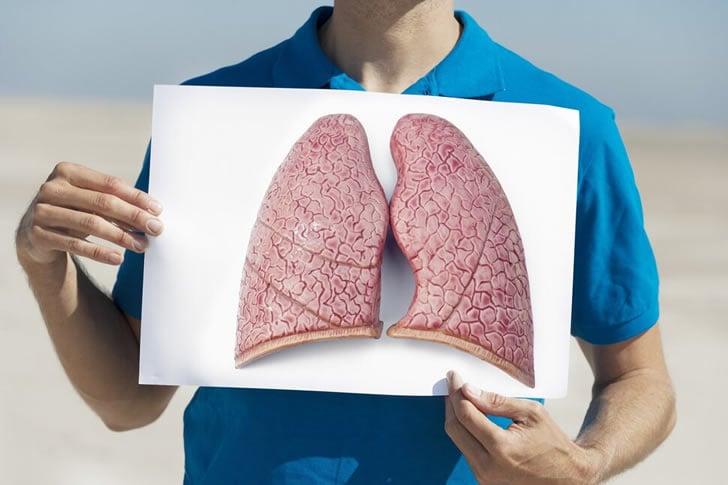So, you’ve just been hit with the news that you’ve got lung cancer. Bummer, right? It’s a lot to take in, and suddenly you’re faced with a whole bunch of treatment options. Luckily, we live in a world where medical science is constantly coming up with new ways to fight this thing. So, let’s dive into the nitty-gritty and check out the main treatments for lung cancer. Trust me, this info will help you and your family make some well-informed decisions.
Surgical Interventions:
Alright folks, gather round for some lung cancer talk! So, when it comes to tackling non-small cell lung cancer, surgery is like the superhero of treatments, especially if the cancer hasn’t spread all over the place. The main objective here is to get rid of that pesky cancerous growth and a bit of the healthy tissue that’s hanging out nearby. Now, the specific surgery you’ll be getting depends on a few factors, like how big the tumor is, where it’s hanging out, and what kind of trouble it’s causing. So, let’s dive into the wonderful world of lung cancer surgery, shall we?
- Wedge Resection: Removal of a small, tumor-containing section of the lung.
- Lobectomy: Excision of an entire lobe of the lung, typically for larger, localized tumors.
- Pneumonectomy: Entire lung removal, reserved for large or centrally located tumors.
Post-surgery, monitoring for recurrence is critical to the patient’s long-term care and recovery.
Radiation Therapy:
Radiation therapy employs high-energy beams, like X-rays, to destroy cancer cells. Its applications include:
- Primary treatment for inoperable cases.
- Postoperative eradication of residual cancer cells.
- Symptom management in advanced lung cancer.
This therapy’s precision aims to minimize collateral damage to healthy tissue, though fatigue and other side effects may occur.
Chemotherapy:
Chemotherapy utilizes drugs to target and kill rapidly dividing cells, including cancerous ones. It serves various roles:
- Pre-surgery, to reduce tumor size.
- Post-surgery, to eliminate remaining cancer cells.
- Alongside radiation, particularly for aggressive cancers.
- As the main treatment when surgical options are unavailable.
Despite its effectiveness, chemotherapy’s side effects, such as nausea and hair loss, are notable but typically temporary.
Targeted Drug Therapy:
In the thrilling world of battling cancer, targeted drug therapy takes the spotlight! This cutting-edge approach hones in on those pesky genetic mutations in cancer cells, putting a stop to their growth and pesky spreading habits. The best part? It does all this without causing too much collateral damage to our poor, innocent healthy cells. Talk about precision! And when it comes to the big bad non-small cell lung cancers that just won’t quit, targeted drug therapy is like a superhero swooping in to save the day. Unlike its rowdy cousin, chemotherapy, this therapy keeps its side effects in check, opting for milder shenanigans. Who said fighting cancer couldn’t be a little more elegant and a little less messy?
Immunotherapy:
Harnessing the power of the body’s immune system, immunotherapy sets out on a mission to spot those pesky cancer cells and give them a one-way ticket to oblivion. This superhero treatment is especially perfect for those stubborn cases that refuse to budge with traditional methods or those pesky cancer types that like to play hard to get. Now, don’t get too comfortable, because like any superhero, immunotherapy does come with a few side effects. Brace yourself for some flu-like symptoms, but hey, anything is worth it if it means kicking cancer to the curb!
Welcome to the wild ride of lung cancer treatment! Get ready to make some serious decisions, each with their own twists and turns. It’s like trying to navigate a maze while juggling flaming torches. But fear not, because there are a few key steps that can help you conquer this rollercoaster. First, buckle up and engage openly with your healthcare providers. Don’t be afraid to ask questions and get all the info you need. Think of them as your tour guides through this crazy adventure. Next, it’s time to weigh the pros and cons of each option, like a game of “Would You Rather?” but with potentially life-changing consequences. And finally, don’t forget to take an active role in the decision-making process. After all, you’re the star of this show and your treatment plan should be tailored to your needs. So, grab your popcorn and get ready for the ride of a lifetime!

